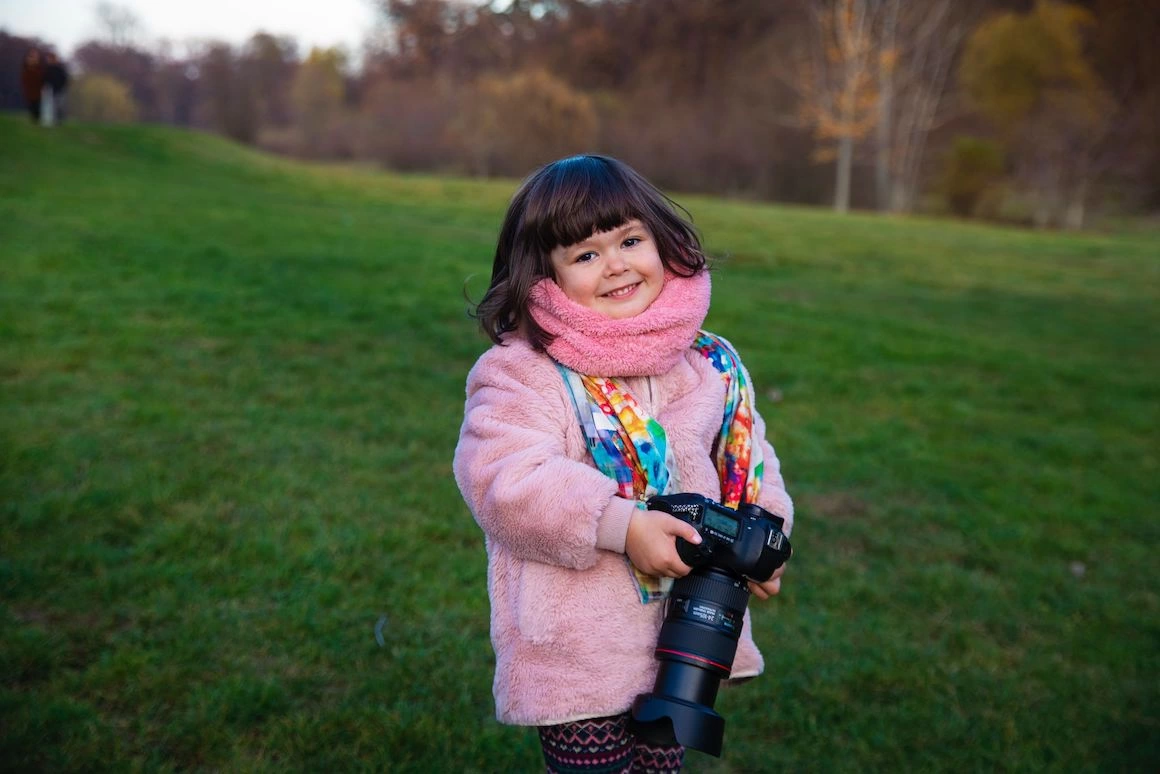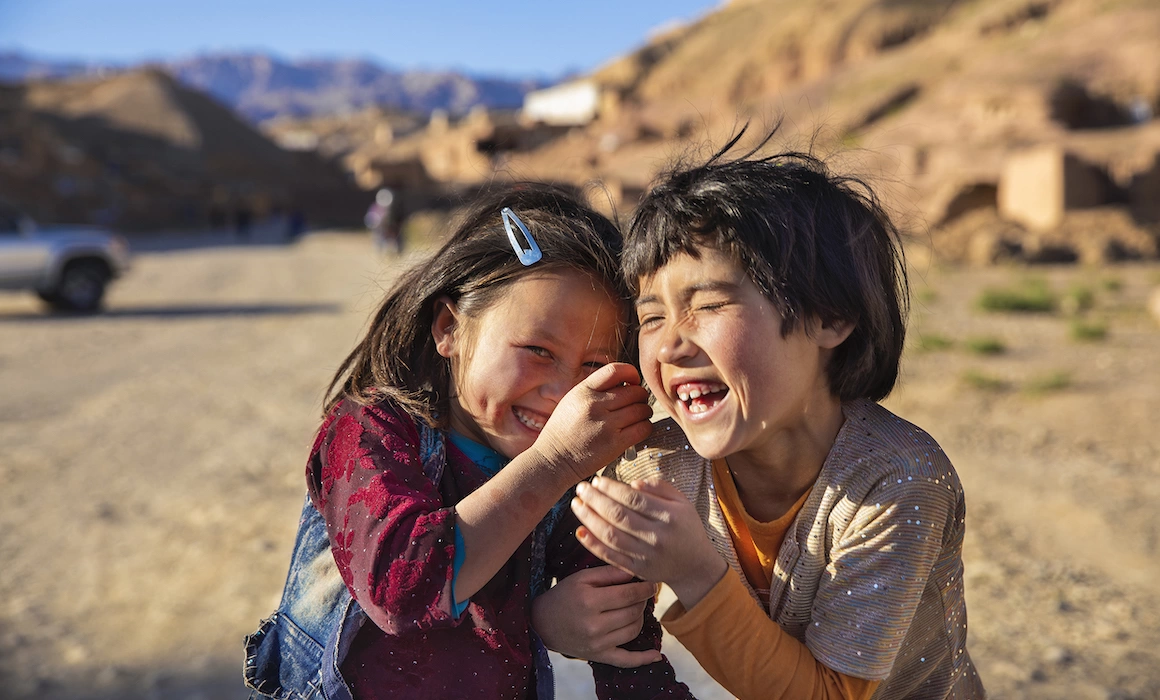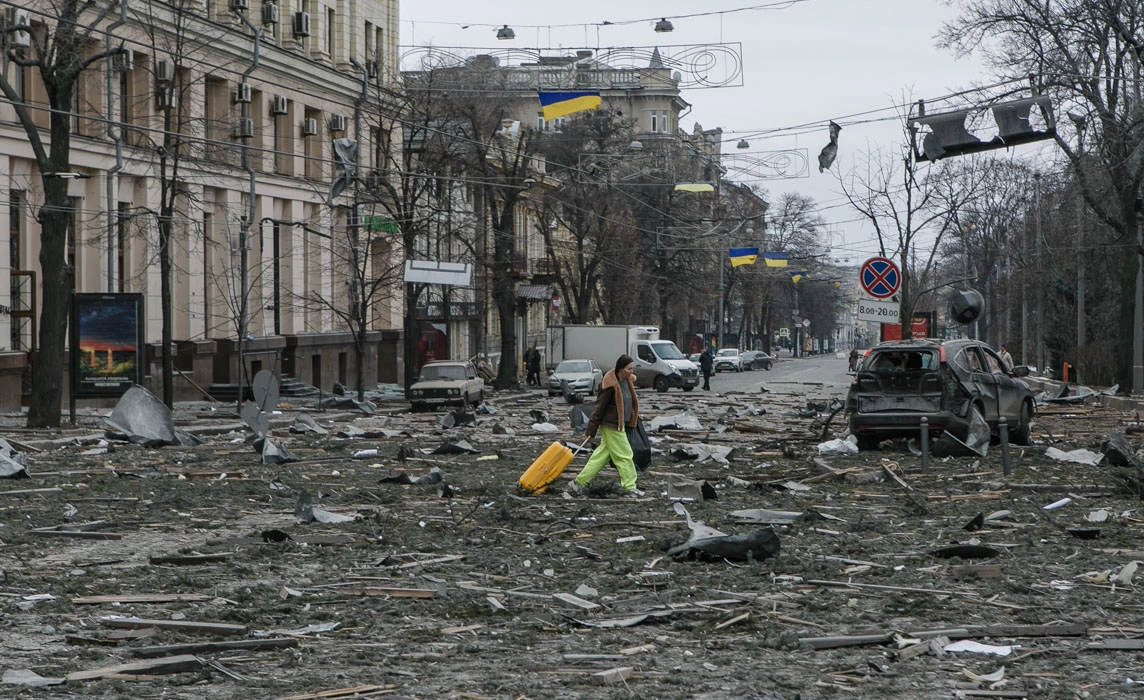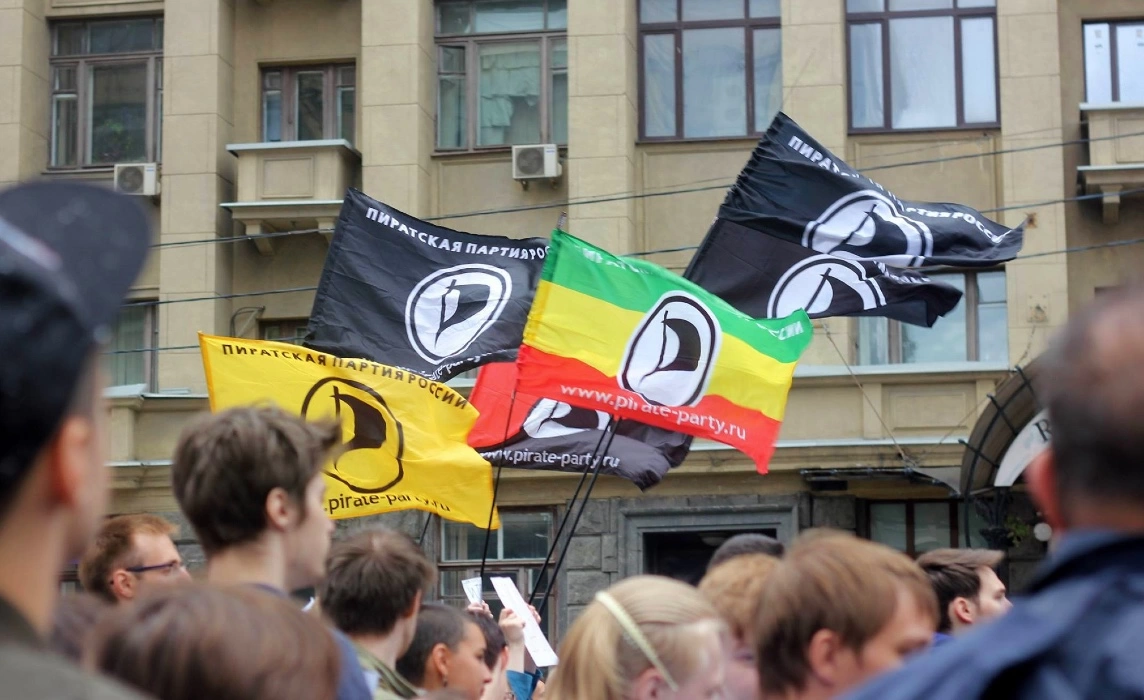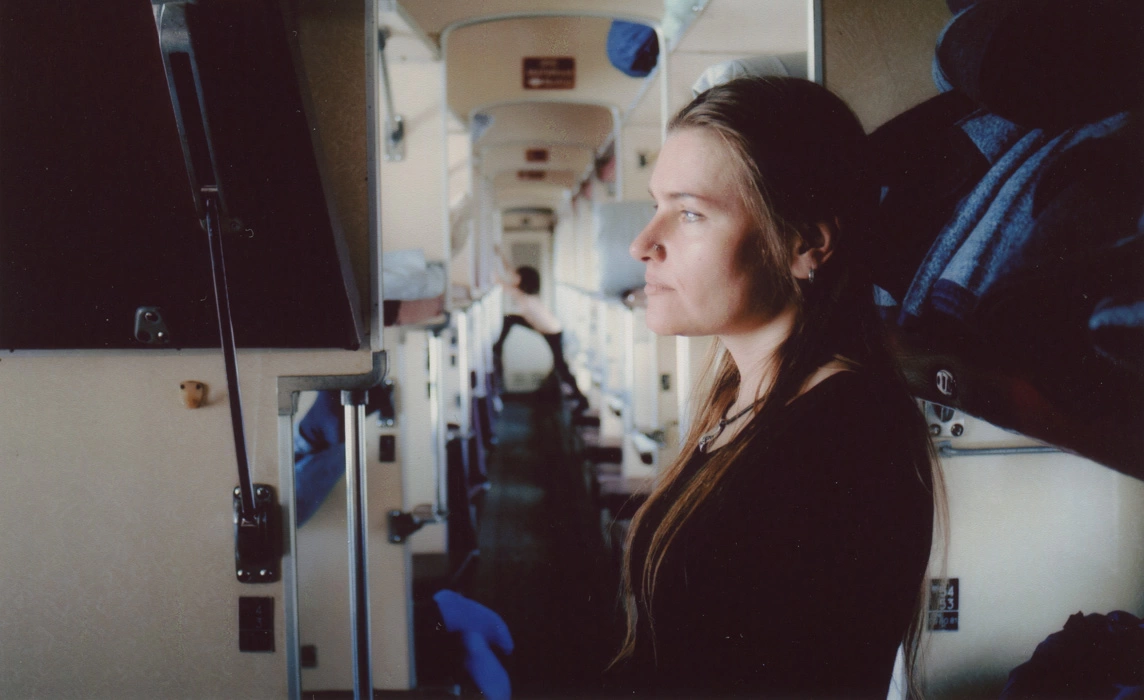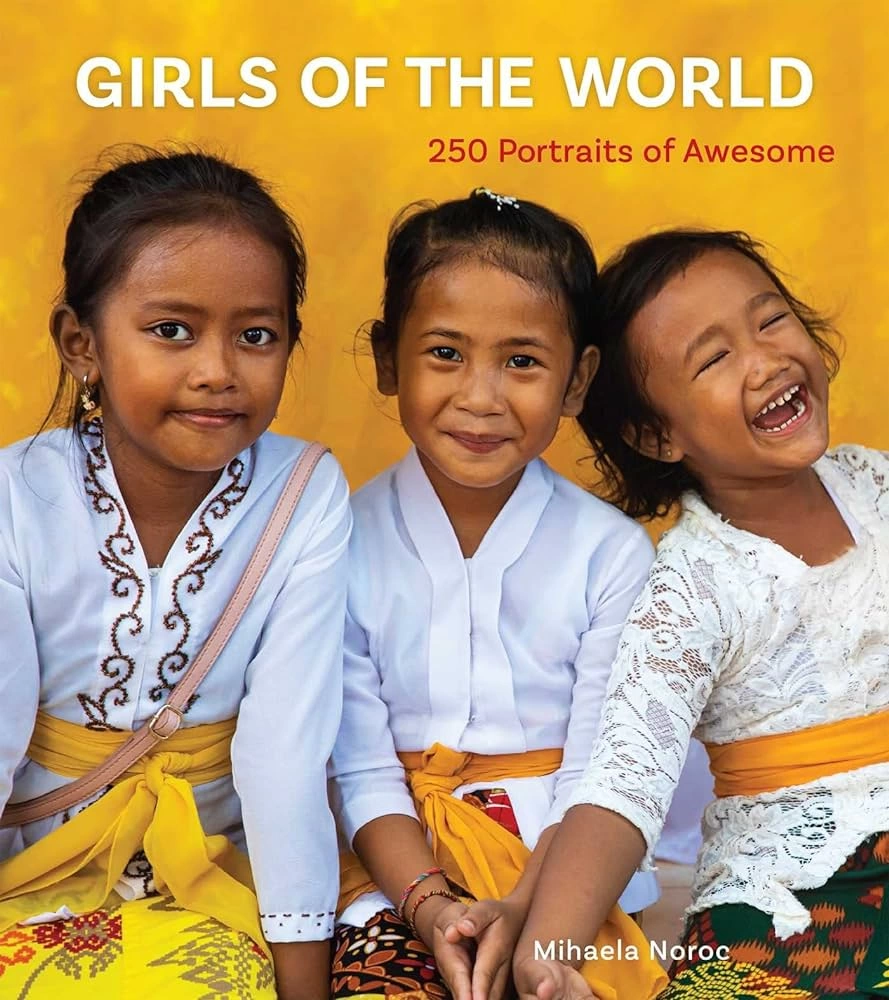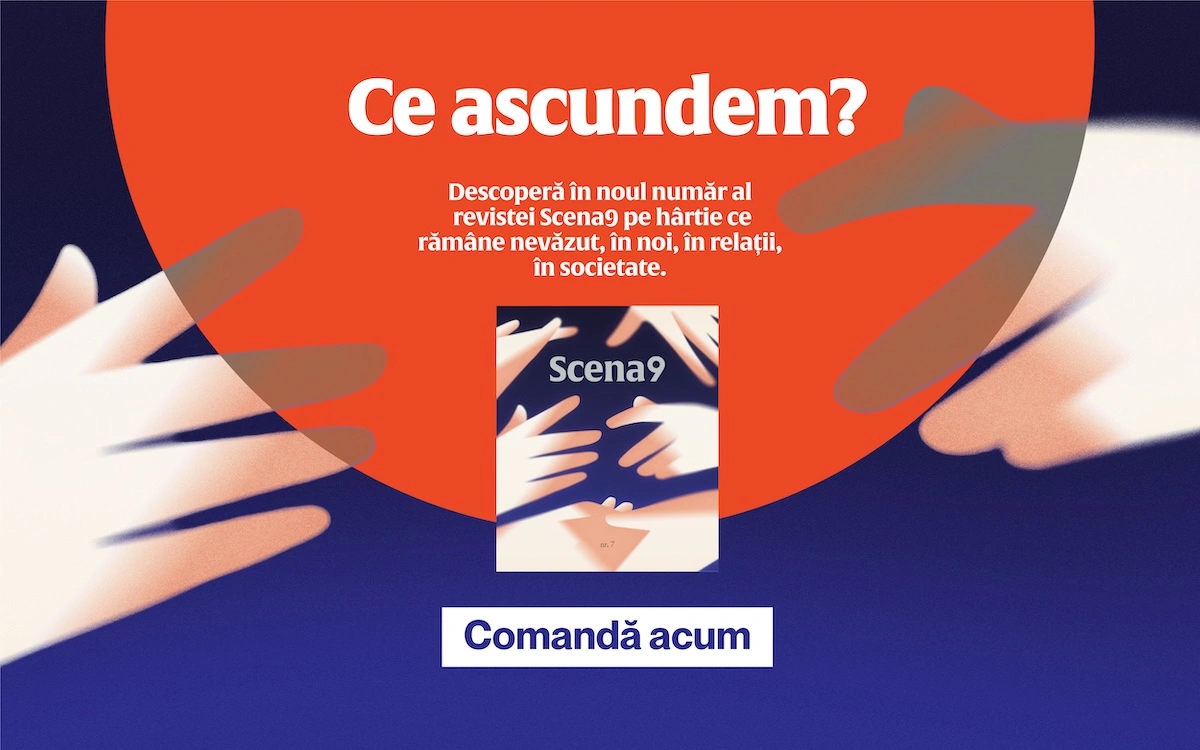“Confidence is one of the most important qualities we can instill in our girls,” says Mihaela Noroc, as her daughter, Nati, sits on her lap. The photographer recently launched the album Girls of the World: Portraits and Stories from Around the World at the Humanitas bookstore in Cișmigiu, Bucharest. Mihaela traveled to 55 countries to collect the stories of the 250 girls in the book – a gift to show her daughter that “a girl can do anything she dreams of.”
“Natalia and I have traveled to 35 countries together,” Mihaela says. "She understood that it's an important part of my life and her life, and she's very cooperative. Before Nati turned two, I traveled with her and my husband. After that, it became too financially difficult, so I started traveling for a month at a time and they would stay home." Mihaela and Natalia were inseparable at the book launch – the girl sat next to her mother as she signed autographs.
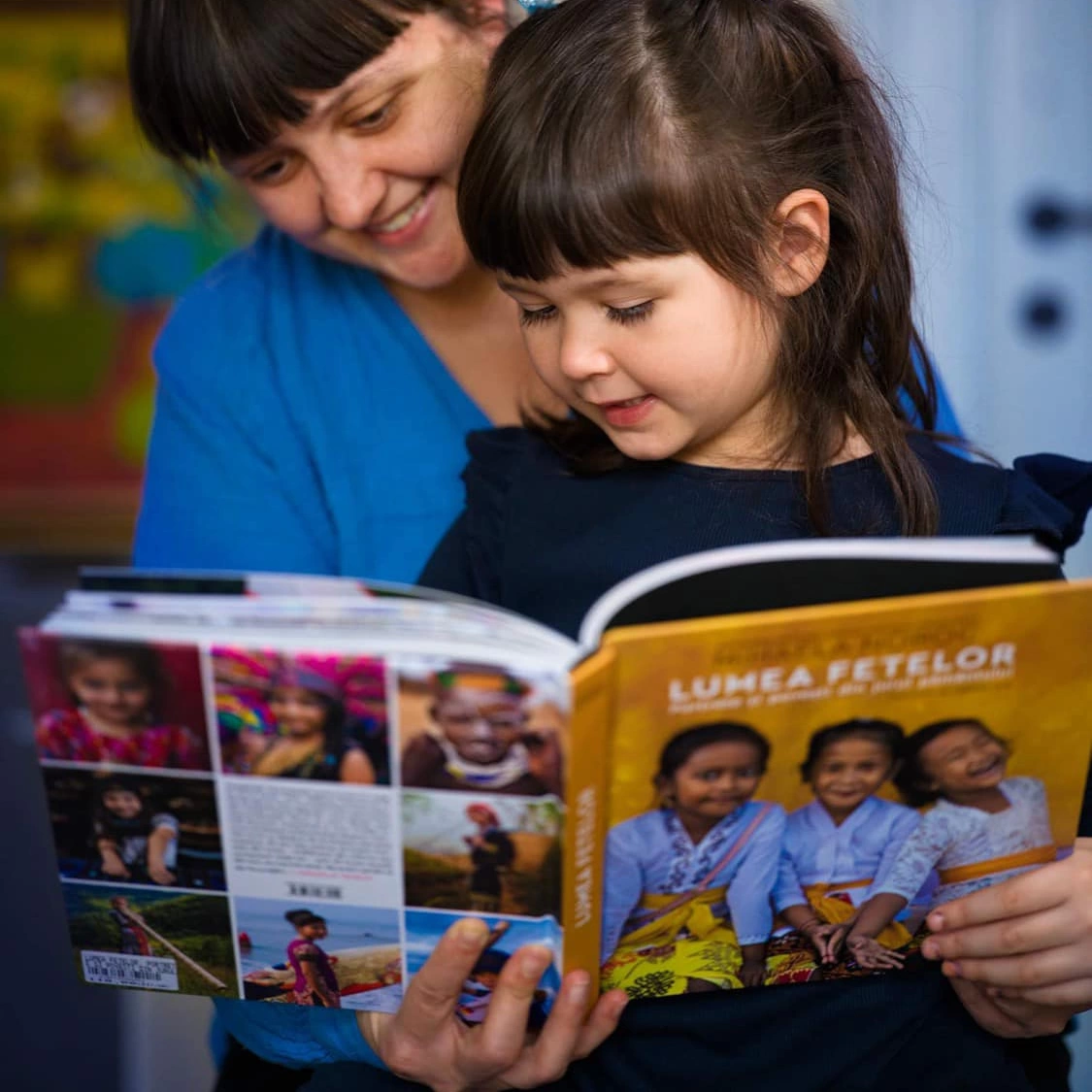
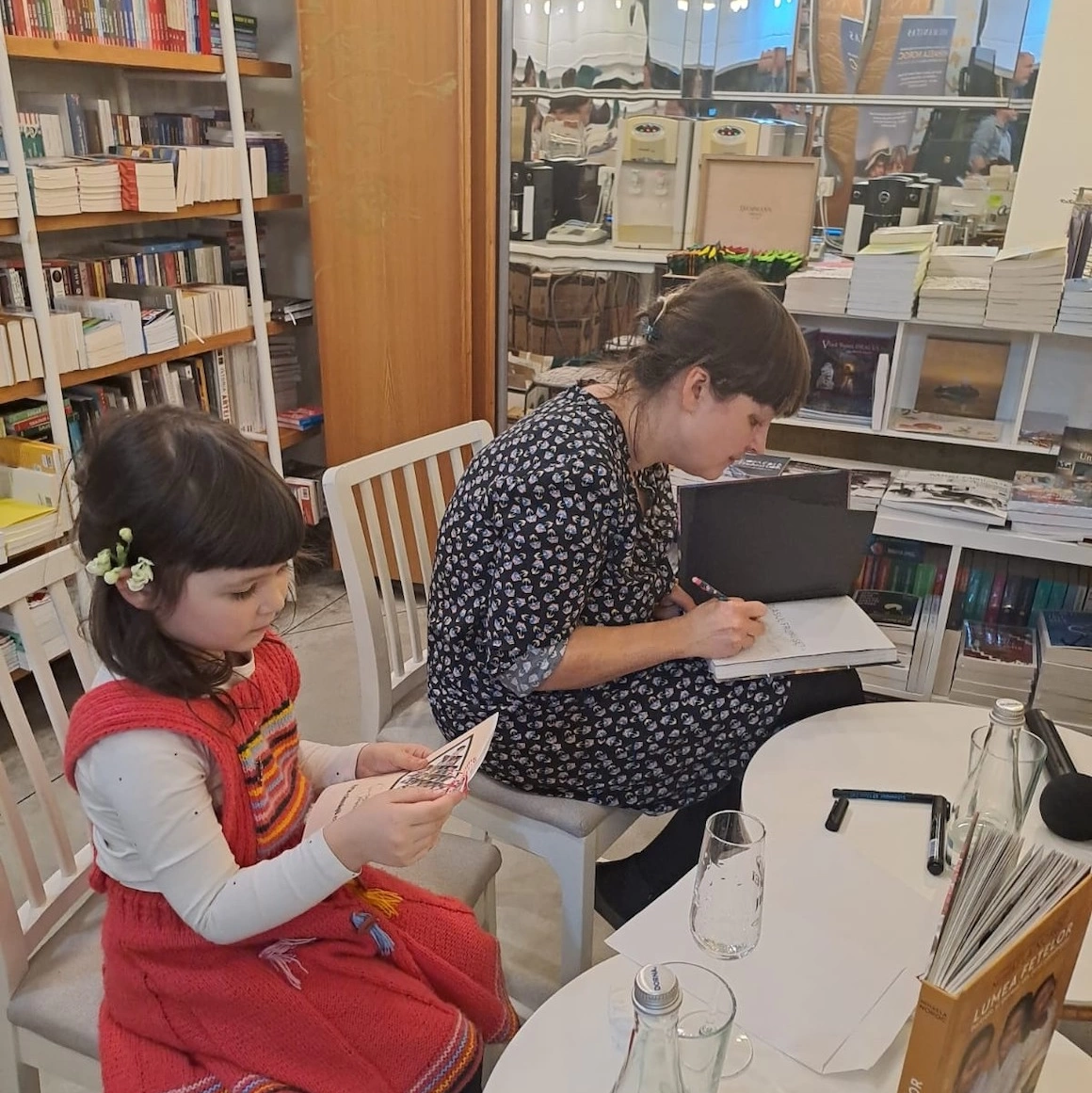
Girls of the World is Mihaela Noroc's second book, after the 2017 internationally acclaimed Atlas of Beauty. Her first project collected the portraits and stories of over 500 women from more than 70 countries. It has been translated into six languages and promoted internationally by international media outlets such as CNN, The Guardian, and the BBC. The project's social media page gained over a million followers, and the album is an international bestseller. She is now working on the second volume of the Atlas, which she will publish next year.
Looking back, Mihaela reflects: “When I found out I was having a girl, I said: wow!”. She got pregnant right after the launch of her first book and thought she had to offer her daughter something inspirational. “I believe it's important to teach our children about human qualities beyond physical appearance. Without early exposure, children risk having a limited understanding of the world's beautiful variety”.
Mihaela is always on the lookout for stories for her projects. Before traveling to any country, she researches its culture and people. “In North Korea, I was accompanied by a tourist guide. They told me, ‘If you take photos of any of our politicians, capture them whole.’” she laughs. North Koreans often see street photography as a violation of privacy.
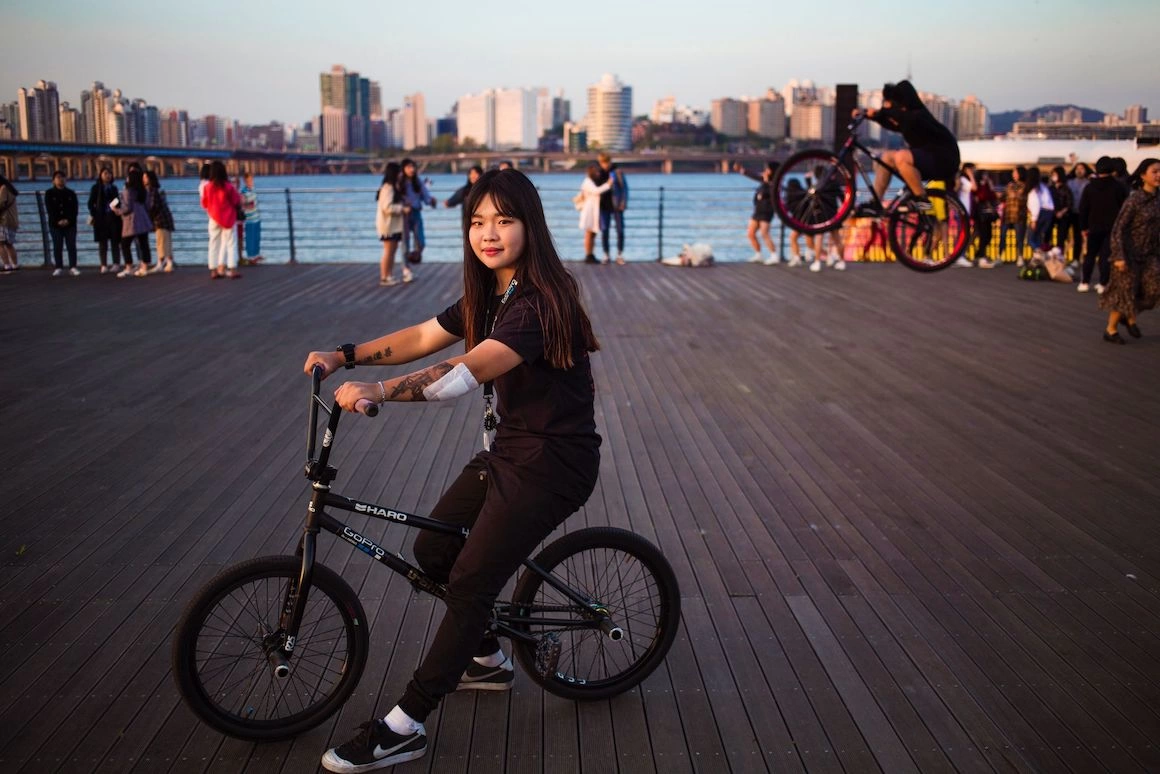
For Girls of the World, she needed the parents’ consent, because all girls were under 17. “I post on social media: My friends from country X, whoever wants their children’s pictures taken, please get in touch,” the author explains. This is how she connected with the girls’ parents and planned the meetings. In harder to reach areas, she spontaneously approached the girls and then got their parents’ permission.
For example, she photographed two friends from the southern Ethiopian Hamar community. The people there are very connected to nature and craft their clothes from goat skin, live under hay roofs, and build fences out of branches. The girls work in agriculture, cook, fetch water from the river, and care for the children. After they turn eight, their parents send them to shepherd goats.
In another instance, the photograph of the Ethiopian girls sparked a lesson about the gender expectations of Romanian students. At a school that Mihaela visited to read from her book, the children told her that "they are boys." "My dears, they’re still girls," she responded. "We don't all have to have long hair, it's perfectly okay to have short hair."
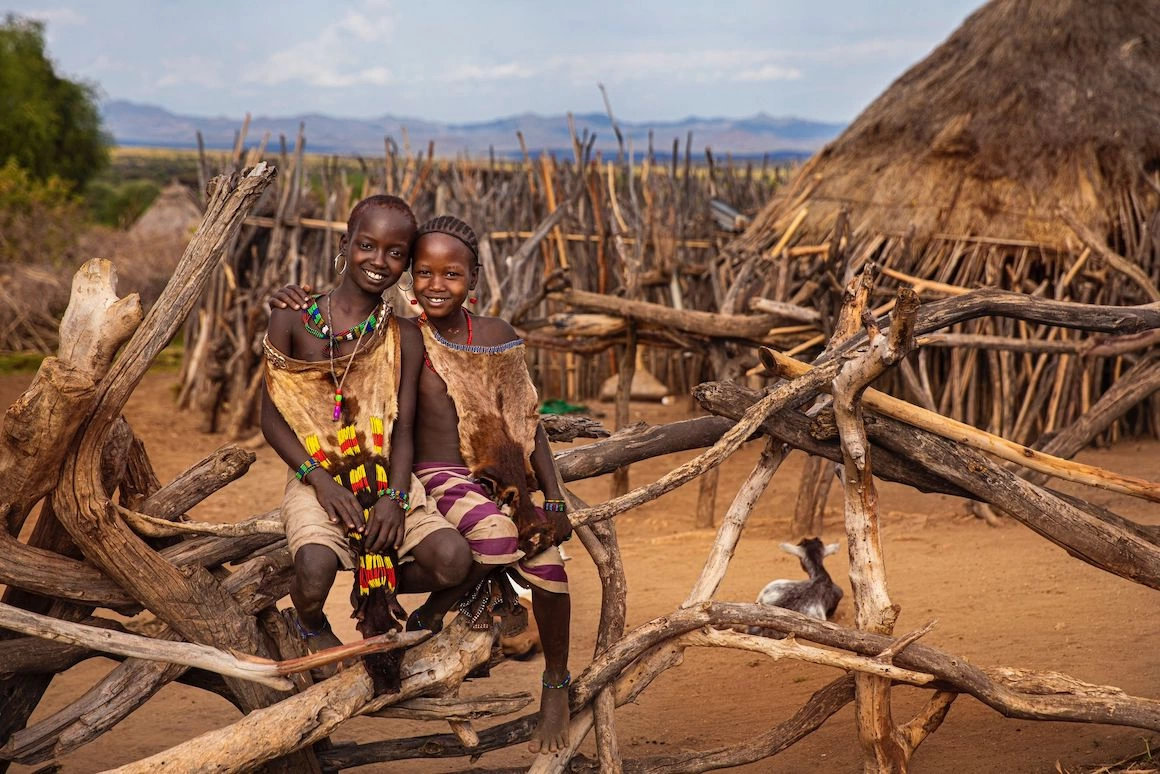
Mihaela grew up with her grandparents in Țipala, a village in Moldova. "I was lucky to have an authentic childhood, and I wanted to put that joy in the book," she says. However, not all the girls in her photos are smiling, because Mihaela was careful to capture them in their most natural state. Their childhoods are diverse – some are playing, others are learning, and many are playing sports. The images also feature elements specific to their cultures – traditional costumes, ceremonies like the Day of the Dead in Mexico. Some convey what they dream of becoming when they grow up, while others do chores.
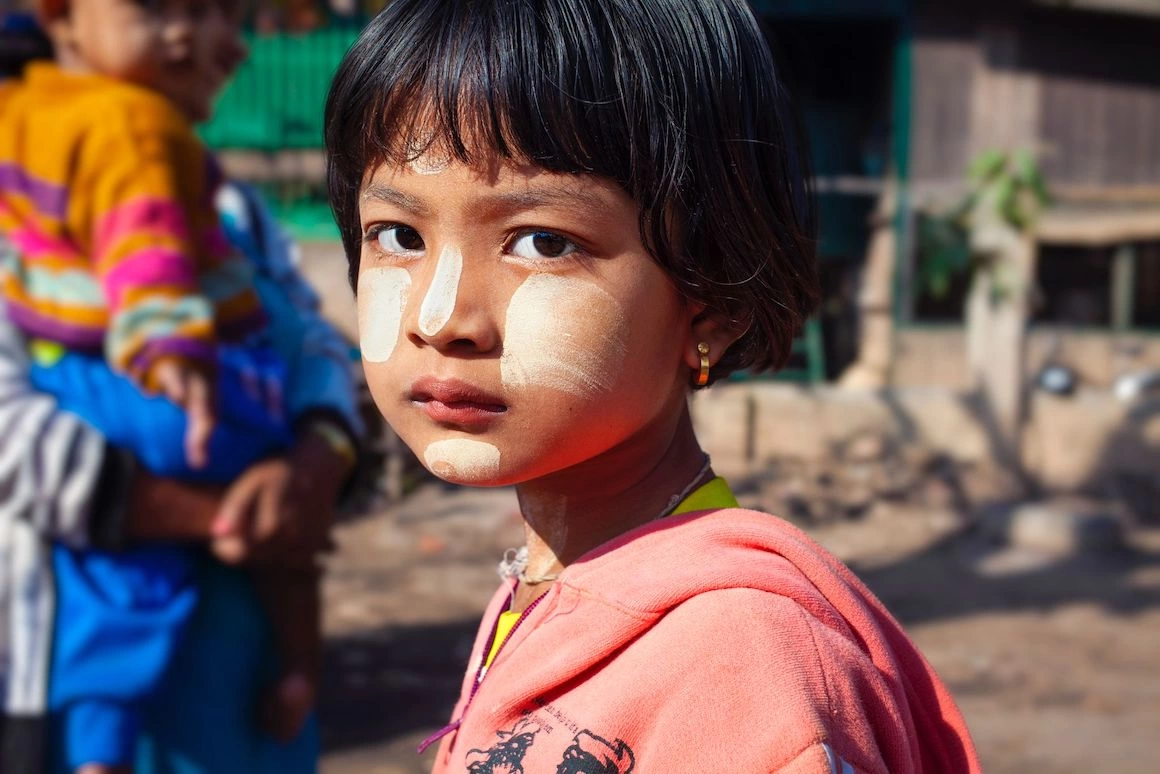
Mihaela has sprinkled the book with sections named “Be free!”; “Be joyous!”; “Be yourself!”; “Value education!” in between portraits. At the beginning of each section, Mihaela left short motivational notes. “Don’t try to be anybody else, you can be amazing just as you are.”; “You will find your superpowers and be free to go your own way.” Starting from the images, she engages in a conversation with the girls who read her book, departing from her own story. She tells them about her two superpowers - creativity and perseverance. “If I could make it, any girl can,” she encourages them.
“A book like this would have helped me, too”, Mihaela believes. When she left her grandparents in Moldova, she moved to Bucharest with her parents. Starting school in a new city made her feel like she was “just a weirdo” – she fell behind in classes, her running got worse, and her classmates made fun of her accent and appearance.
In her teenage years, Mihaela found solace in her father's studio – he was a painter. She says that's where she discovered her creativity, even though she didn't excel at painting. Her father gave her her first camera at 16, when she began photographing her sister and mother. After graduating from the Photo-Video section of the Faculty of Arts with the University of Arts in Bucharest, she felt discouraged by her professors: "It wasn't that I couldn't be a good photographer, I couldn't be a photographer full-stop," Mihaela says. She worked in television for a few years, but wasn't happy, so she saved up and set off with a camera on a year-long trip around the world.
“At first, I took pictures out of curiosity, it was a natural thing,” Mihaela explains. “In Ethiopia, I was drawn to these powerful, authentically beautiful women.” That’s how she came up with the idea to begin the Atlas of Beauty project. “Working on the project, any concept of ideal beauty suddenly seemed ridiculous to me, now that I got to meet so many startling, powerful women,” she writes in the preface to the book Girls of the World.
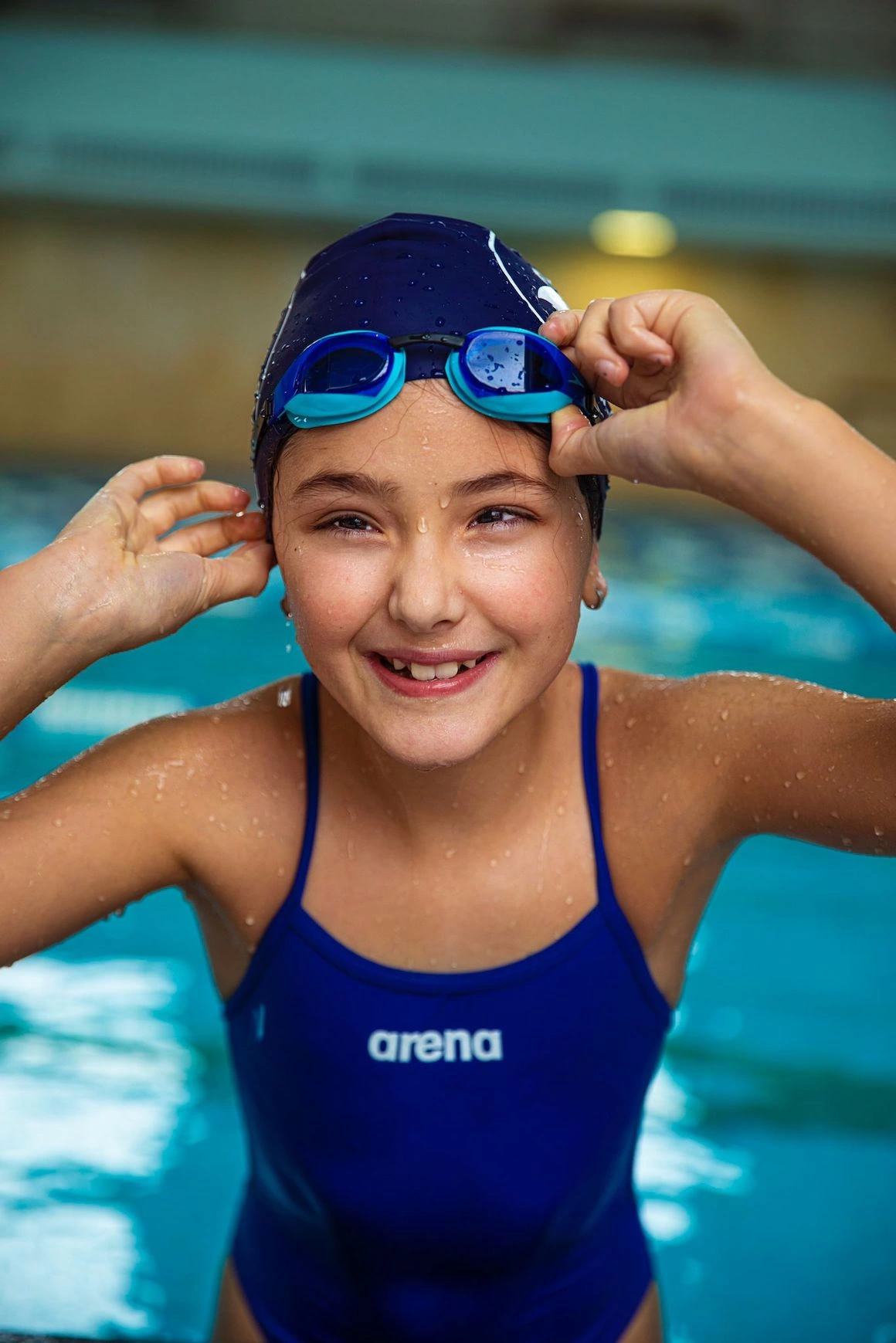
However, Mihaela still sometimes finds it difficult to feel good about herself. In her teens, she struggled with eating disorders and says she still has physical insecurities. “Even though I'm 38, I'm not over it yet.”
“I think about how important it would have been to have an authentic perspective in the media.” Looking back, Mihaela realizes that at first she also photographed women who looked like the ones in ads – young, symmetrical, thin. “Now I'm challenging myself to add as much diversity as possible.” In Mihaela's images we meet girls with different skin tones, with Down syndrome, visually impaired, girls who dance ballet, play football, cook, or ride horses.
Mihaela says that, above all concepts of beauty, she wanted her daughter “to have a place to learn what it means to be a little girl around the world.” If she had had a boy, “she would have probably made a book for boys,” she laughs. “I'm not drawn to photographing boys and men, but that doesn't mean they shouldn't have an atlas of beauty. They should, but I'm not the one creating it.”
She considers herself a feminist “in the sense that we are equal.” “I believe that everyone should be a feminist, but feminism doesn't mean killing men,” Mihaela jokes. For her, feminism also means that she can trust her husband to take care of their daughter as well as she would, when she has to leave for a month to take photographs.
Forbes described the Atlas of Beauty as a “political demonstration of female pride.” The photographer says she does not identify with political or activist discourse – but rather with a “human” one. “For example, I dream of publishing a book called Women of Romania, which will also include women from my home country of Moldova. But I’m not doing this as a political move, more as a little union for the soul, that’s how I feel about it.”
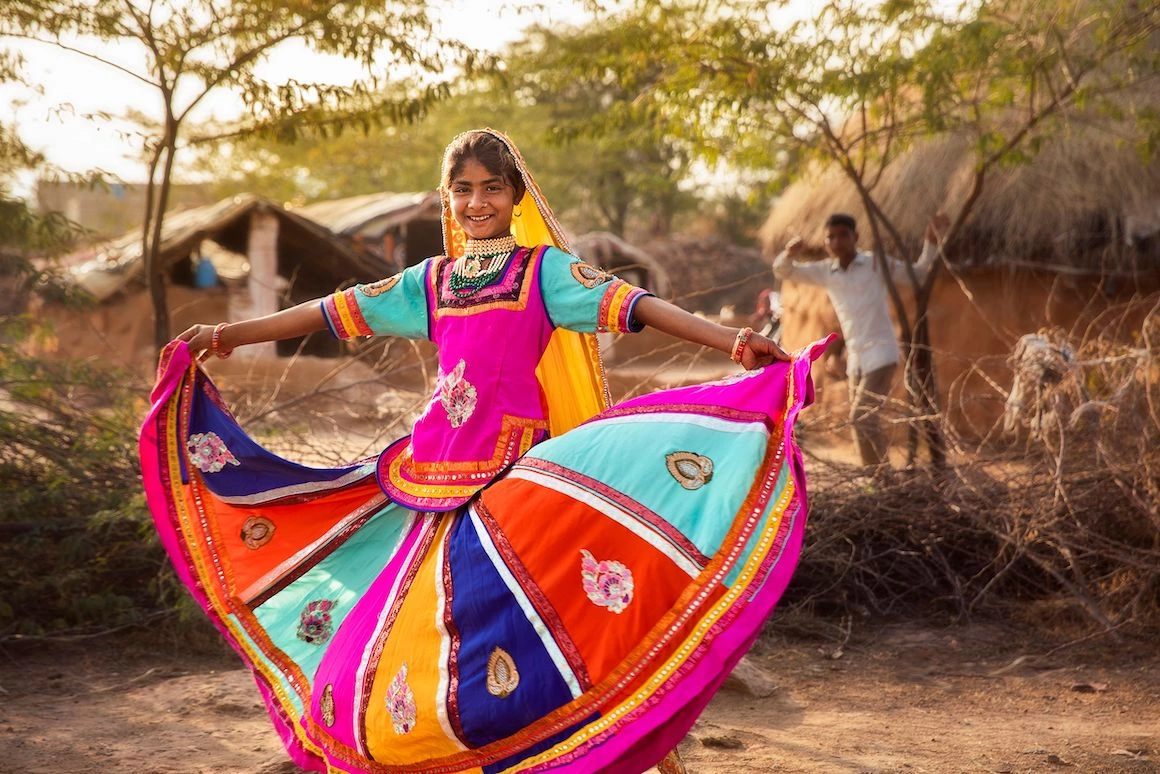
Mihaela plans to travel with her family in their new camper van for the next two years. She wants to hold exhibitions on the road in the “van where she will sleep and eat” together with her husband and daughter. She also plans to open a women's museum in Sibiu – Atlas B –, where the images from her projects will be on permanent display.
“I'm trying to heal myself through these books,” Mihaela says. She believes that through travel she has been able to develop her visual baggage, to give herself “a more liberal eye.” “It's been such a journey of personal education. Let's see, what else is beautiful in this world, besides what we've already seen?”
On the last page of the new book, Natalia smiles, camera in hand. She is accompanied by a few words written by her mother, Mihaela: “You are a gift to humanity!”
